The six-day Fourth “NeoSilk Path” International Surgical Exchange Program in Thoracic Surgery, hosted by Bluesail Surgical, has successfully concluded on May 10th. This exchange event brought together seven overseas scholars from six hospitals across Germany, who visited top academic centers in Jiangsu and Guangzhou in China. The “NeoSilk Path” initiative serves not only as a platform to promote international goodwill and exchange, but also as an important opportunity for academic sharing and the dissemination of knowledge.
In the evening of May 7, after wrapping up the exchange in Jiangsu, the German delegation – filled with academic enthusiasm – traveled through the night and arrived in Guangzhou at 4:00 am on May 8 to begin the next stage of the program.
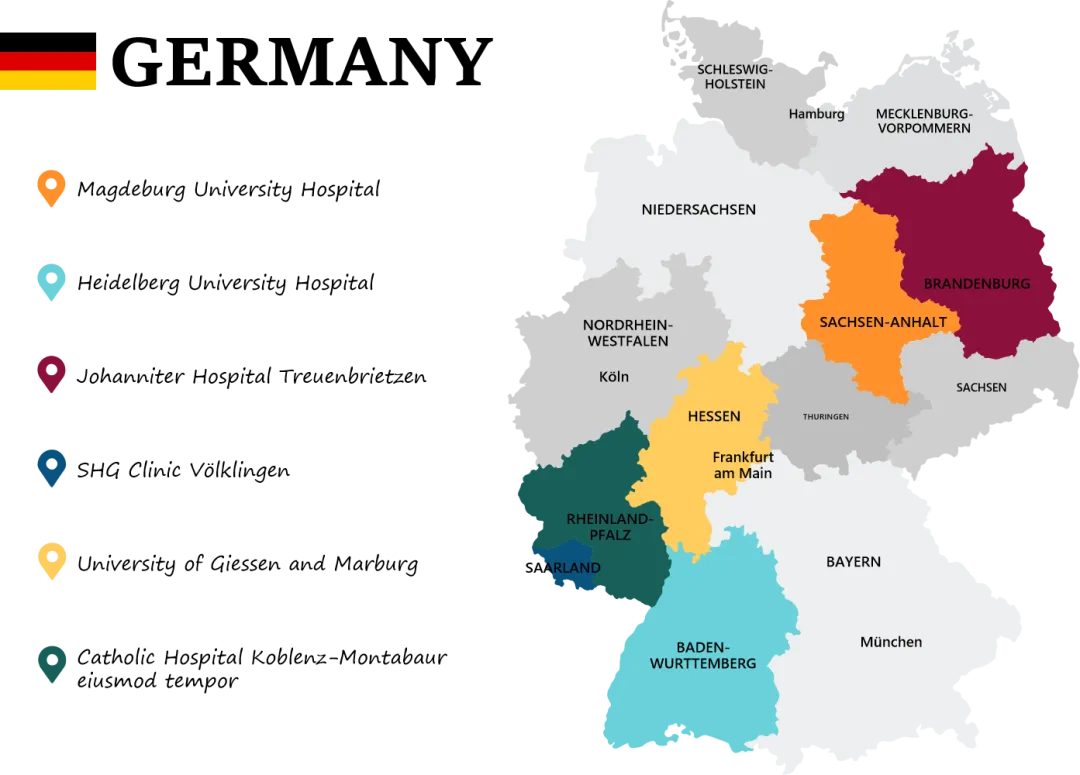
Guangzhou Stop: The First Affiliated Hospital of Guangzhou Medical University
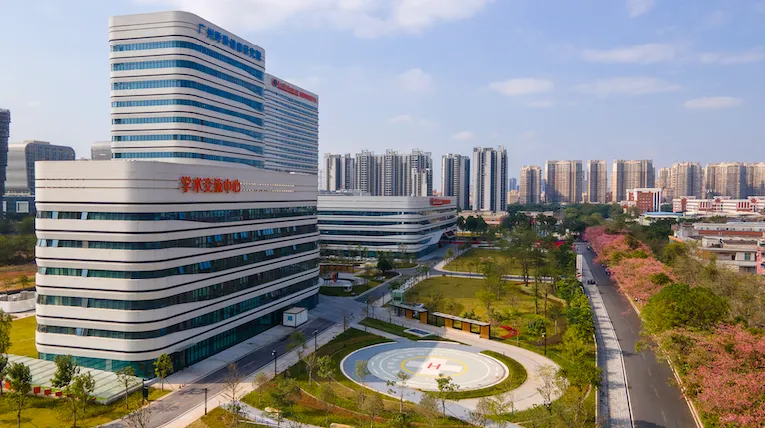
The First Affiliated Hospital of Guangzhou Medical University is a large Class III Grade A tertiary hospital that integrates medical care, teaching, research, health maintenance, rehabilitation, and pre-hospital emergency care. The hospital has a long history, tracing its origins back to the Hospital Franco-Chinois Paul Doumer, founded in 1903. After multiple name changes and developments, it was renamed to its current name, the First Affiliated Hospital of Guangzhou Medical University, in 2013.
The hospital comprises numerous clinical and medical technology departments and is staffed by a highly skilled, experienced medical team. This team includes top-tier talent such as academicians of the Chinese Academy of Engineering, central government healthcare experts, and recipients of the State Council Special Allowance. The hospital has distinctive strengths in fields like respiratory diseases, thoracic surgery, urology, and critical care medicine, and is among the first wave of National Clinical Research Centers in China.
On May 8–9, the seven German scholars visited the First Affiliated Hospital of Guangzhou Medical University for a two-day international exchange program. The event centered on the concept of “tubeless” minimally invasive surgery with the goal of fast patient recovery, combining classroom lectures with live observations of surgical procedures. The German experts exchanged views side-by-side with Chinese physicians, jointly exploring the intricacies of tubeless surgery.
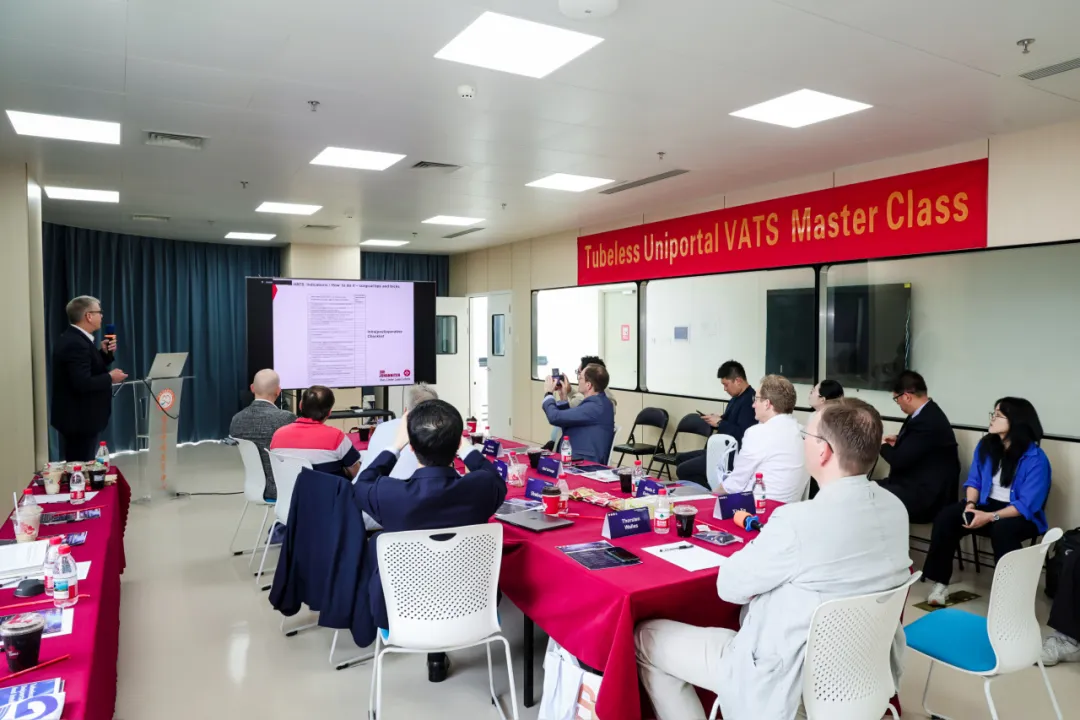
Having arrived in the early hours of May 8, the German delegation took a brief rest and then, under the guidance of Dr. Ran Zhong, was introduced to the hospital’s rich history and development.
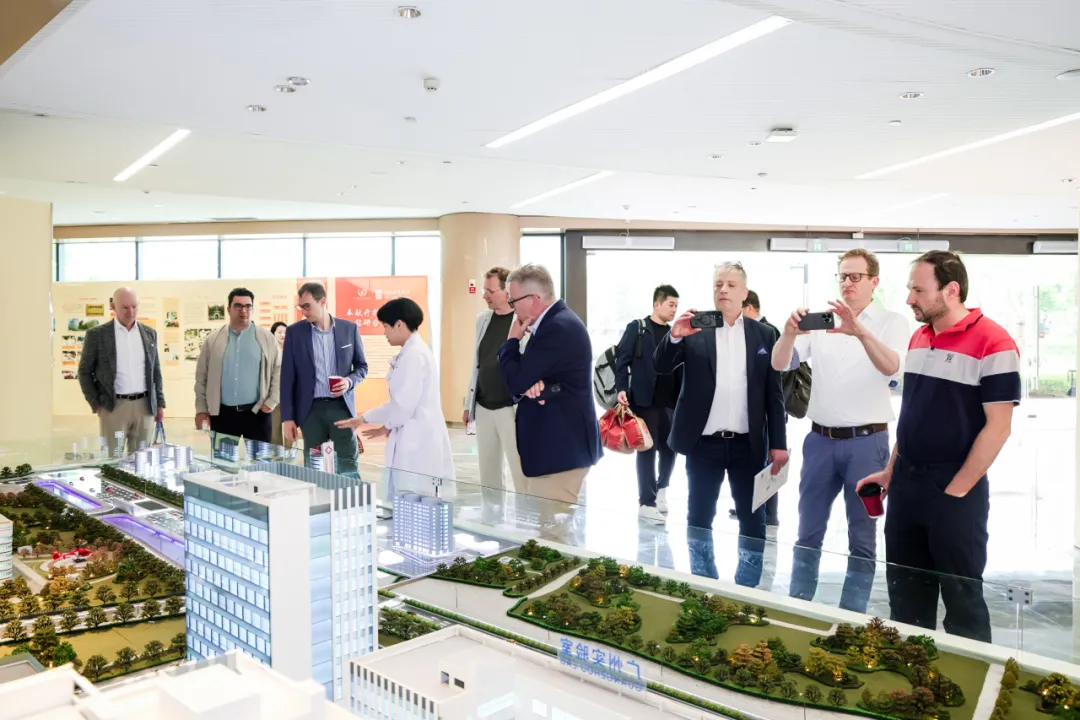
At the opening ceremony later that morning, Professor Xin Xu, Vice President of the First Affiliated Hospital of Guangzhou Medical University and of the Guangzhou Institute of Respiratory Health, warmly welcomed the visiting scholars. He noted that since completing the world’s first tubeless thoracoscopic surgery in 1997, the hospital has performed over 30,000 cases using the tubeless technique, systematically building a complete technical system that ranges from treating small pulmonary nodules and complex mediastinal tumors to performing lung transplants.
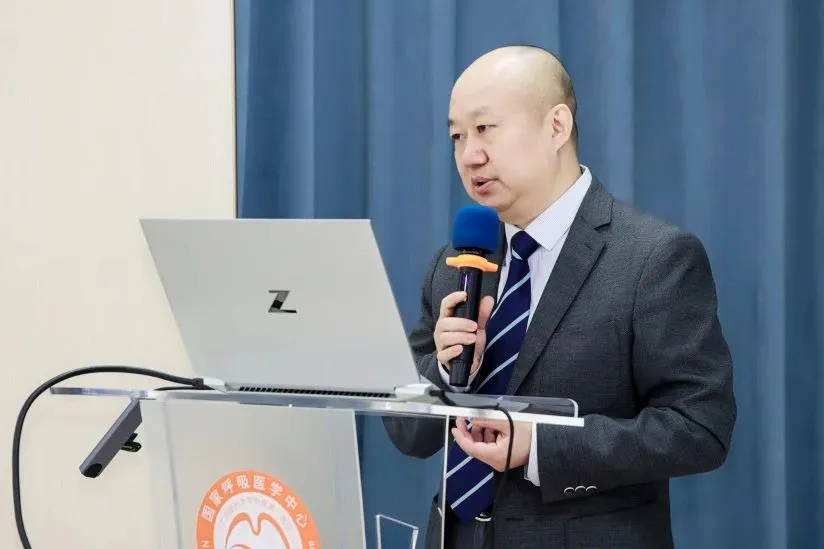
In a core academic session, Professor Jianxing He, Director of the National Respiratory Medicine Center, joined online and provided a comprehensive presentation on modern tubeless minimally invasive techniques. A live demonstration of precise lung segmentectomy, assisted by a full-dimensional imaging system, had the German experts marveling that they were “seeing the future of thoracic surgery.”
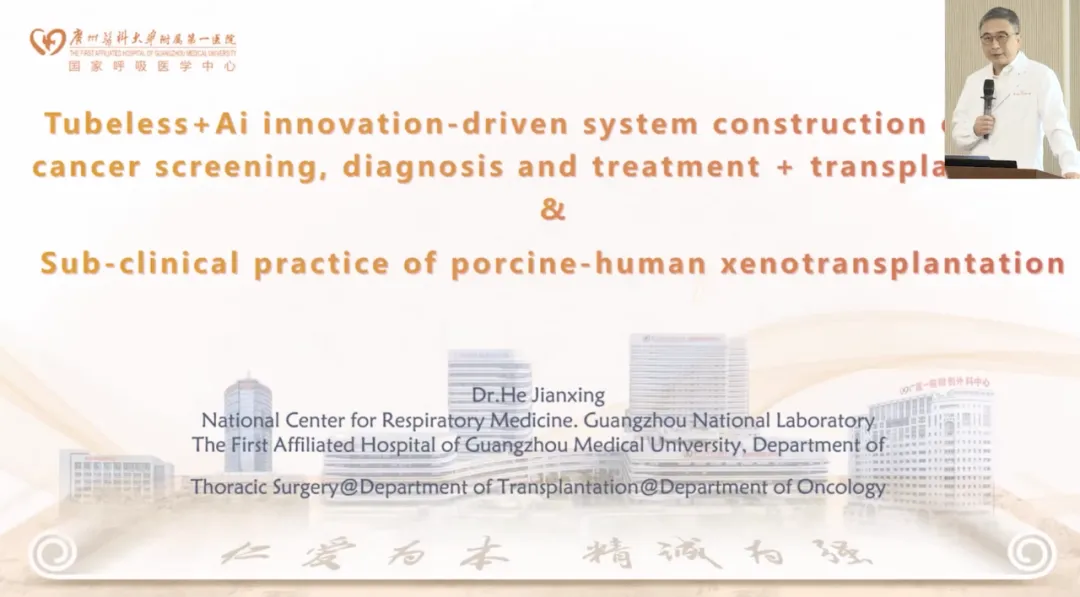
Professor Shuben Li of the First Affiliated Hospital of Guangzhou Medical University presented a talk entitled “Less is More: Tubeless Uniportal Thoracic Surgery.” Through a panoramic review of illustrative cases, he vividly demonstrated breakthrough applications of the tubeless single-port technique in complex procedures such as carinal reconstruction and neoadjuvant bronchial sleeve reconstruction.
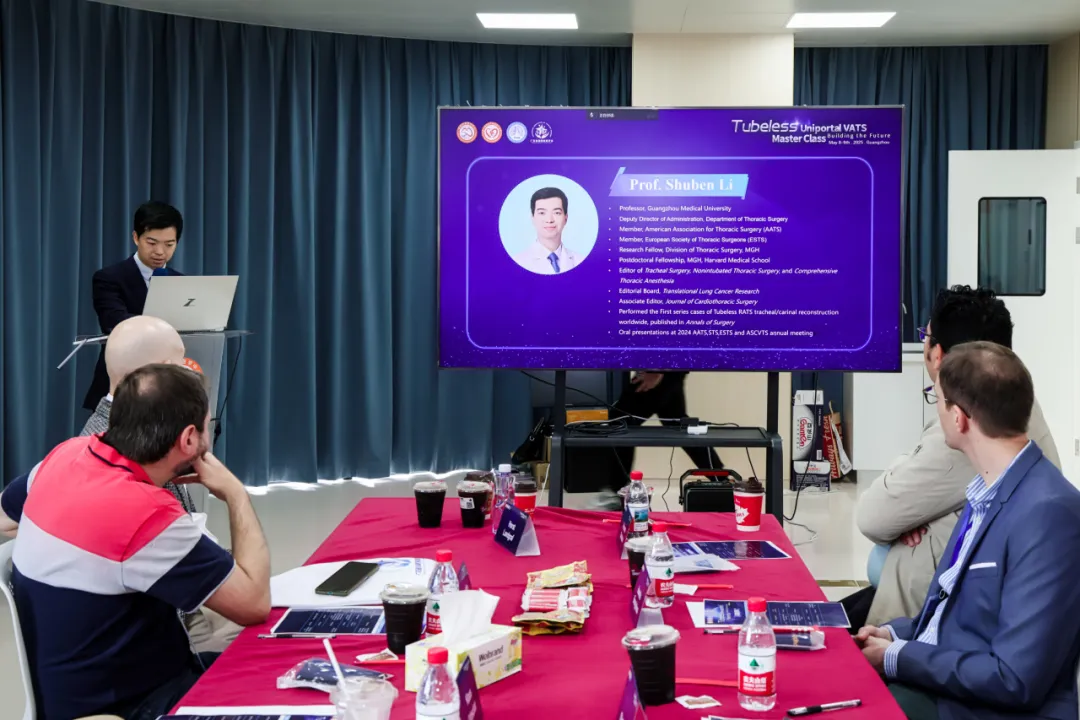
Professor Olaf Schega from the Department of Thoracic Surgery at Johanniter-Krankenhaus Treuenbrietzen in Germany then shared his center’s modified techniques for tubeless surgery in thoracic tumor cases, sparking a lively transnational discussion among the participants.
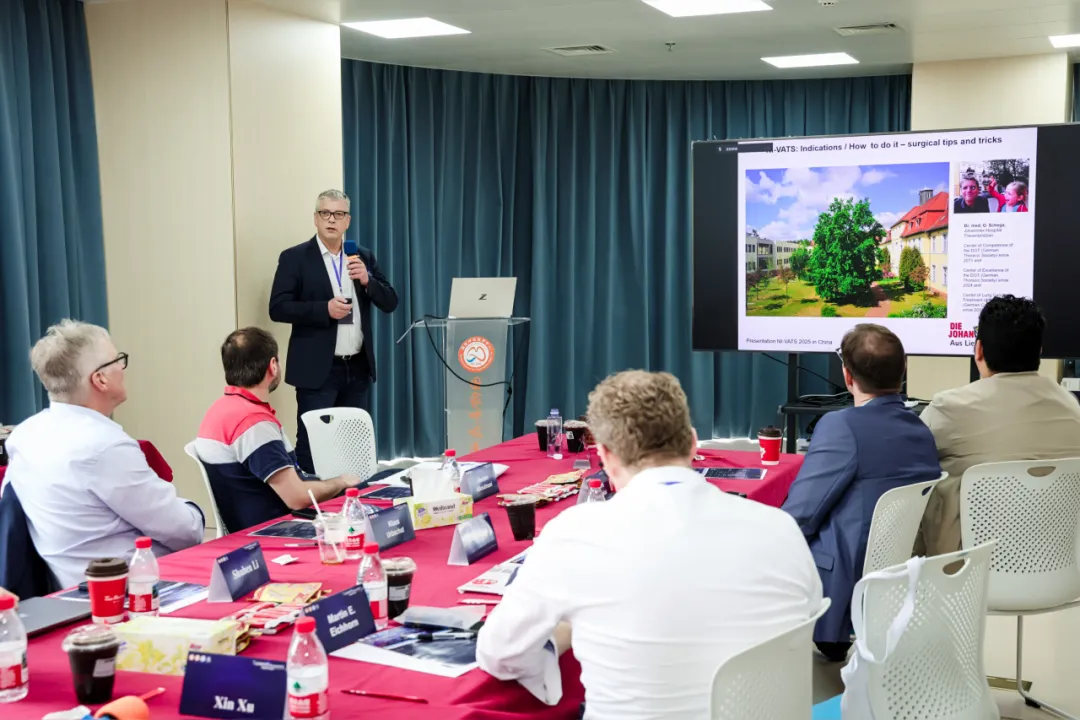
On the afternoon of May 8, the seven German doctors observed firsthand the clinical application of the “tubeless” video-assisted thoracoscopic techniques. The team led by Professor Jianxing He completed an astounding 41 comprehensive surgical demonstrations within 24 hours, covering a full spectrum of procedures — from tubeless uniportal segmentectomies and electromagnetic navigation localization to tubeless mediastinal tumor resection and tubeless tracheal reconstruction — all enhanced by cutting-edge 3D visualization. The German visitors witnessed the patients’ rapid recovery and remarked that the experience was “eye-opening.”

As part of a dedicated anesthesiology session, Professor Hanyu Yang delivered a systematic overview of the 28-year evolution of tubeless anesthesia, giving the German experts a deeper understanding of the anesthetic techniques underpinning tubeless surgery from a unique perspective.
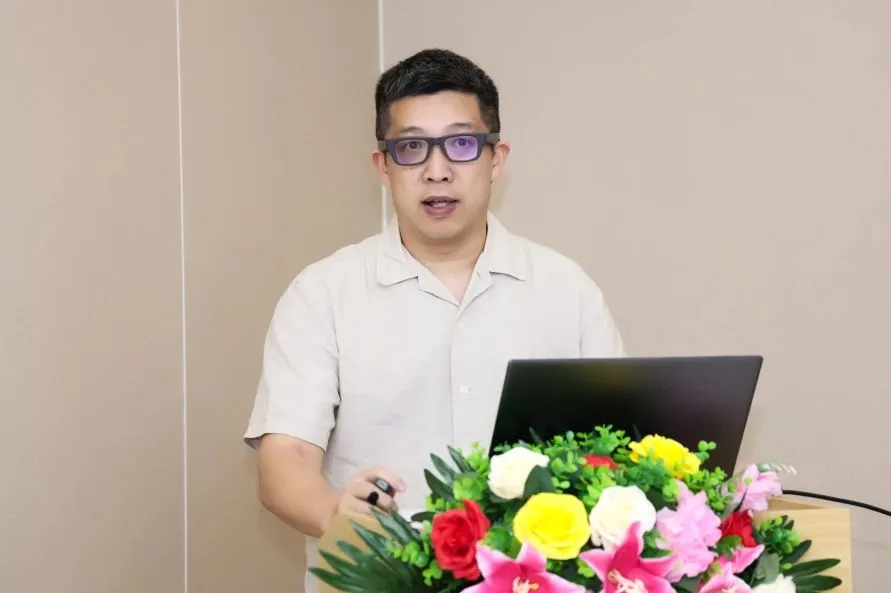
The next morning, accompanied by Professor Shuben Li, the German scholar team went to the clinical frontlines and commenced a “zero-distance” teaching ward round. They closely observed post-operative recovery by reviewing the previous day’s surgical patients, including follow-up chest X-rays and clinical progress. The German physicians highly praised the Chinese surgeons’ superb clinical skills and the standardized treatment protocols in place.
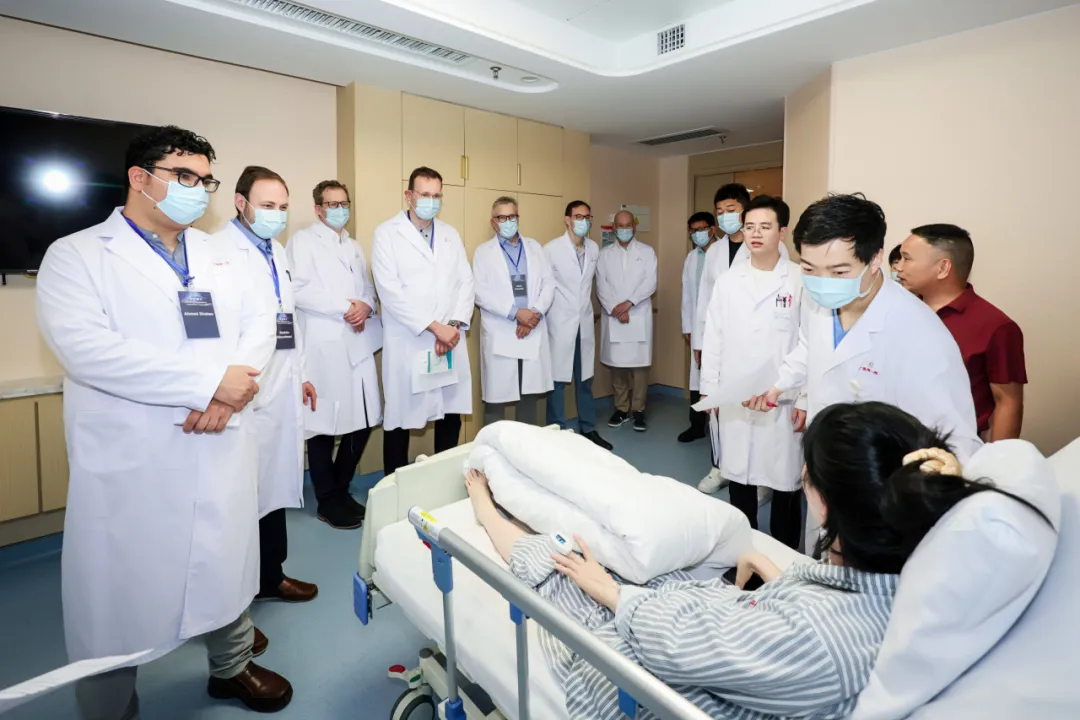
Professor Li’s team also introduced a special teaching module: by using hand-drawn illustrations, they enabled the visiting scholars to more intuitively grasp the surgical processes and key technical points.
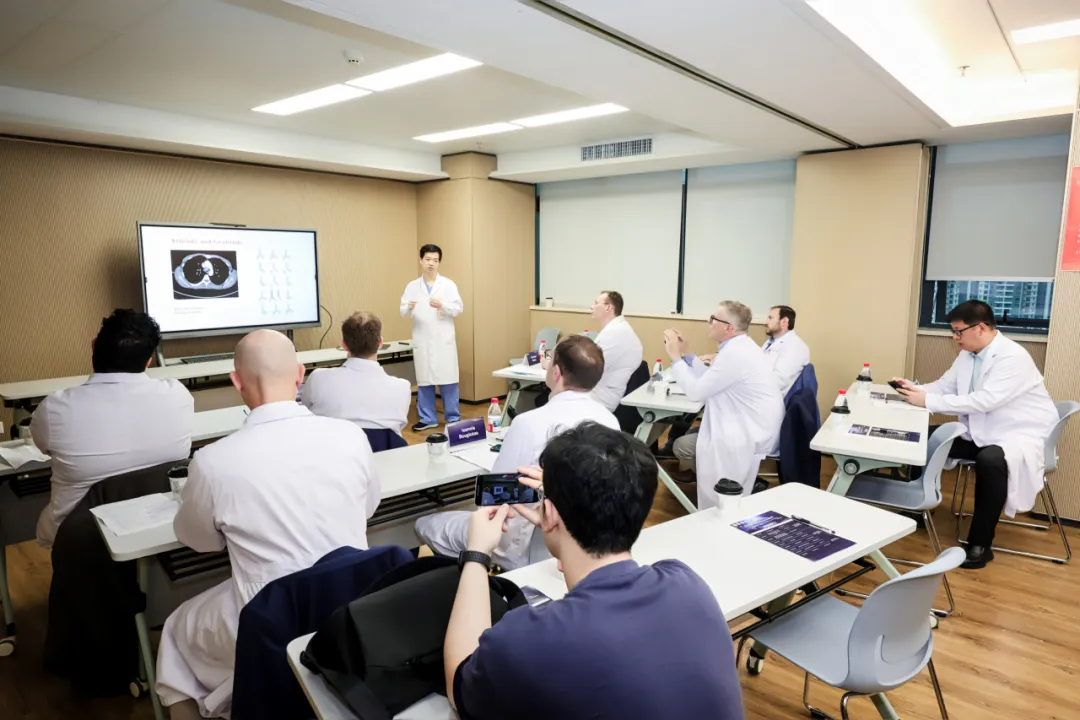
Professor Martin Eichhorn from Thoraxklinik -Heidelberg University Hospital shared his center’s experience with robot-assisted tracheal reconstruction surgery. A video of a robotic bronchial sleeve resection was presented on-site, fully showcasing the precise anastomosis of a blood vessel with a diameter of just 2.8 mm. This led to an animated discussion about the differences between Chinese and German thoracic surgical techniques and how each side’s strengths could complement the other to drive technological innovation.
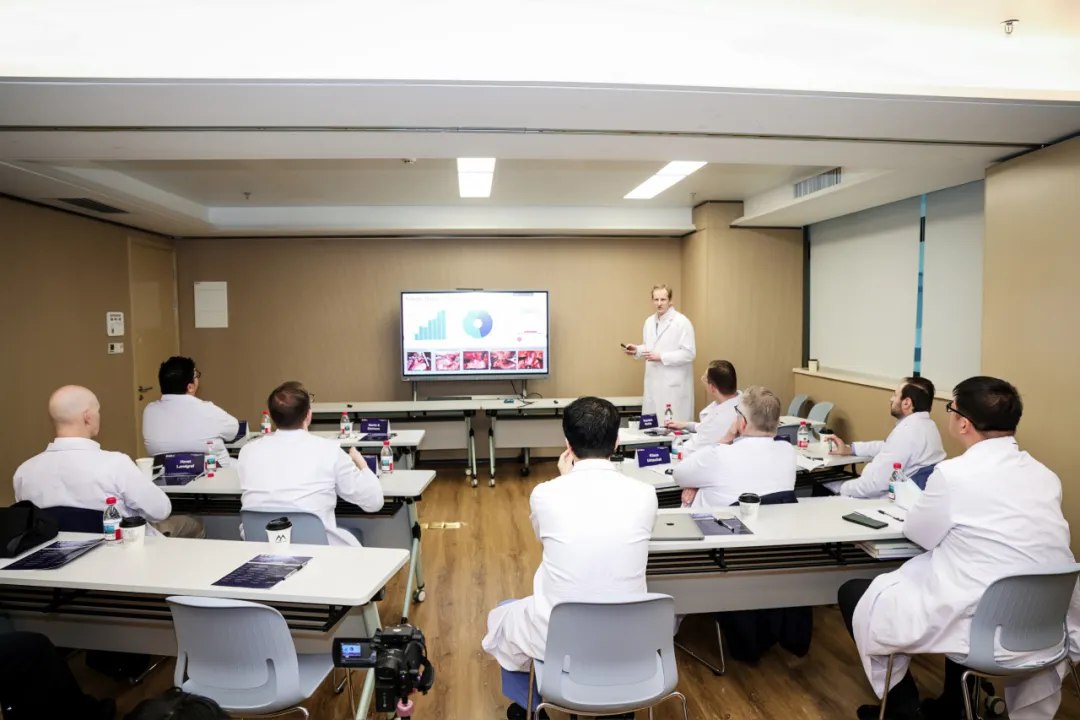
This academic dialogue spanning 8,000 kilometers is effectively transforming China’s “tubeless” solution into a shared practice aimed at improving patient outcomes worldwide. The Chinese and German sides have already reached a preliminary agreement to jointly carry out multi-center clinical research and to exchange visiting scholars, marking the beginning of a new chapter in the internationalization and exchange of innovative thoracic surgical techniques.
Event Conclusion

Bluesail Surgical, acting as a bridge to build a transnational academic exchange platform, has successfully hosted three prior editions of the “NeoSilk Path” International Exchange Program. In previous editions, the focus ranged from thoracic surgery to colorectal surgery, enabling nearly 200 domestic and foreign scholars to explore new possibilities across surgical disciplines. The success of this fourth “NeoSilk Path” International Exchange Program is a testament to unwavering commitment and underscores the educational mission of this program.
Amid the wave of globalization, Bluesail Surgical remains committed to forging even closer collaborative relationships with medical experts around the world. We hope that through such international exchanges, we can jointly delve into the forefront of surgical topics and challenges, thereby accelerating the continuous progress of surgical practice globally. We view this spirit of collaboration as a modern version of the Silk Road – one that not only connects different cultures but also promotes the exchange of knowledge and collective advancement. Bluesail Surgical is eager to bring China’s medical technologies and innovative achievements to the world, while actively absorbing advanced international medical experience to achieve mutually beneficial development.
We believe that through unremitting efforts and continuous innovation, Bluesail Surgical can contribute significantly to the development of global healthcare. We look forward to working together with our medical colleagues worldwide to open a new chapter in surgical technology, contributing to the health and well-being of humanity. The journey continues – we eagerly anticipate even more exciting developments at the next stop of the “NeoSilk Path.”